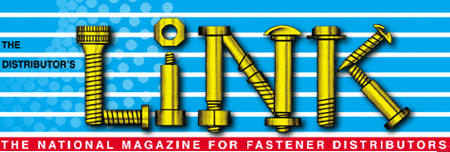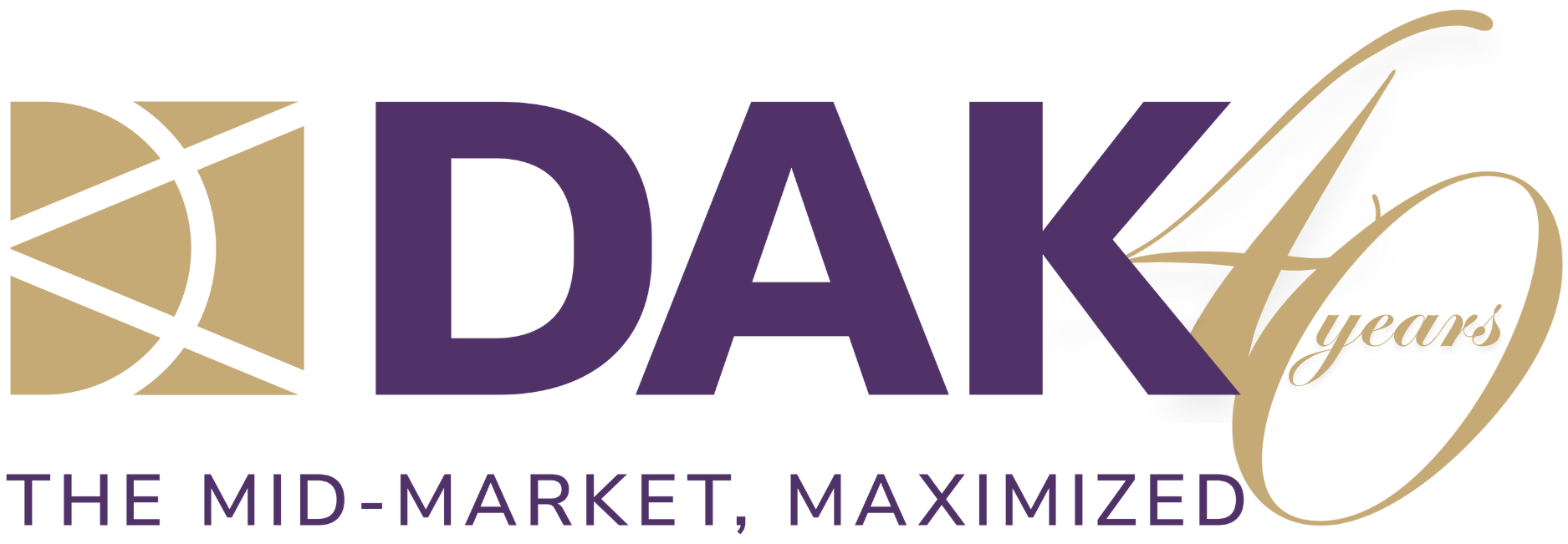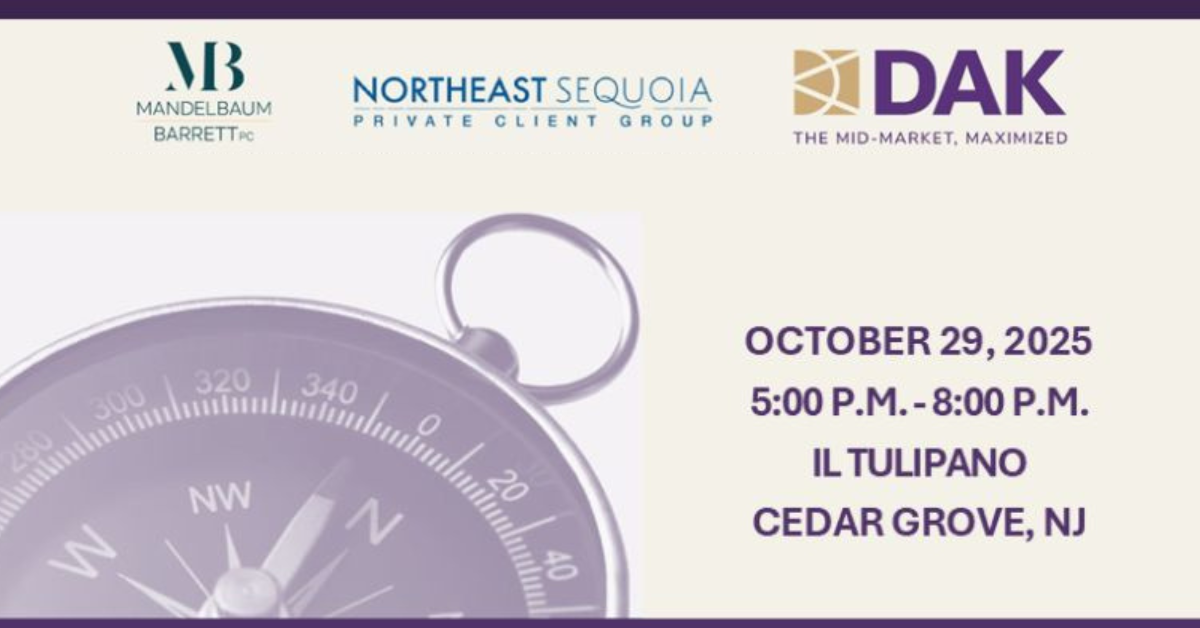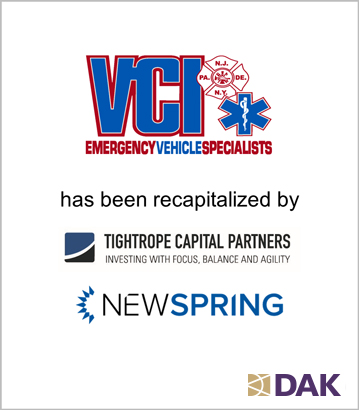As published in…

The fastener industry is changing and standing still is not an option. Business owners must choose between several financial paths, including investment in growth, M&A activity and cashing in.
During the last 18-months, business owners in the fasteners industry have been confronted with global variables not seen since WWII. For many, the impact of tariffs on the industry continues to pour salt on the battle wound, as well as the ongoing choke-point disruption in supply chain brought on by the pandemic. Another issue is COGs (cost of goods sold) high metal prices coupled with ally inflation.
Also consider: what impact does the fastener industry’s anticipated slow growth rate of 0.8% have on your business planning? In these low growth scenarios, a business owner is faced with a decision – do I acquire a competitor to gain market share or do I use capital to fund a new product development effort that could take years and not be accepted by the end-markets.
As most industry observers know, the Big 3 end-markets of automobile, aerospace and MRO/construction make up nearly 75% of the North American addressable fastener market. How do you diversify your business mix when two of the three sectors have been severely challenged from Q1 2020? Yes, we are seeing positive traction with commercial aerospace and automobile production, but we probably need solid quarterly performance through Q3 2022 to declare ‘all is well’. Consolidation in the fastener segment will most likely accelerate as growth through acquisition becomes the model.
Yet another consideration is whether the current administration will solve the tariff environment/level the playing field or, on the domestic home front, table the discussion on increasing capital gains taxes on business owners in the foreseeable future?
This is the perfect time for business owners to make a decision about their future and the future of their company. The fastener marketplace has become more complex and is facing significant changes that will create both challenges and opportunities. Do you have the mental and physical strength to weather another four quarters of choppiness and stress of ownership? Does your next generation of family have the engineering/mechanical backgrounds to lead the family business to a higher plateau?
Brands and manufacturers will continue to seek vendors who can handle their growing supply chain requirements, as well as make investments in new equipment and more integrated information technology and other capabilities. You may need to ask yourself if these are capabilities you have internally, and if not, how and where you will acquire these skills, experience and competencies.
Many executives and stakeholders are wondering what strategic direction is best for them. They can choose to continue to grow organically, or through acquisitions, finding partners or additional funding.
Conversely, if their company’s value is high, or the owners do not want to make the investments necessary to be competitive, it may be a good time to exit. As a rule of thumb, your own process should begin with a true evaluation of your situation, both business and personal; a discussion with your management team; and a brainstorming session with an investment banker who is experienced in guiding your type of business through strategic alternatives.
Should I Invest And Expand?
Once you have made the decision to invest in the company in order to keep up with demand, the next question is: Can I grow my business organically or do I need to add external assets to keep moving forward? Here are some of the basic strategies:
- Partner – Seek a strategic partnership to propel growth with expanded resources and/or capabilities.
- Secure Growth Capital – There are several sources of growth capital available. Selecting the right one for your business depends on your situation. Three of the most popular methods are: bank debt via a commercial loan at favorable market rates and terms; mezzanine financing through an unsecured loan that typically commands higher interest rates than a bank loan, but has no principal amortization, providing better liquidity; and equity investment, in which an individual or firm exchanges cash for ownership in your company with the anticipation of sharing in the income and growth.
- Acquisition – You should only choose to acquire another company that will be accretive to the value of your business. You can start by developing a checklist of criteria that the acquisition should provide. Some key areas for consideration are adding product lines, distribution channels, capacity, capabilities or geography. Always consider the impact of additional customers.
- Organic Growth – Create new ways to increase revenue by using your existing resources more effectively.
Am I Better Off Exiting My Business?
There are several options that exist to take money off the table. You can do a recapitalization or “recap” of the business that will reorganize the balance sheet and
allow the owner to get money out of the business while maintaining control. You can also sell all or part of the business. There are several types of buyers who have different advantages and attributes that can be considered:
- Strategic Buyer – A strategic buyer often pays the highest price and has significant synergistic reasons for executing on a transaction. Your company’s capabilities could increase the strategic buyer’s scope in ways you may never imagine, substantially increasing their own value and paying you a lucrative multiple. In today’s market, foreign strategic buyers are paying above market prices for companies as a way to get into the US market.
- Private Equity – There are also a large number of private equity firms who are active within Diversified Industrials. If your transaction is structured correctly, these firms will purchase a portion of your company (some majority, some minority), allow you to take money off the table, stay involved and share in the growth. This is an appropriate hedging strategy for those who are not quite ready to exit and want to hedge their bets.
What Is My Business Worth?
In any of the above scenarios, your investment banker should be able to help you understand the value of your business. Be very careful about the industry rule of thumb: the specifics of your business really impact its value. It’s important for you to understand the value that an investor sees in your company. If the purchaser is strategic, then you need to know how your business will impact the value of their business to obtain the highest valuation. Do not assume that an industry average multiple is the right valuation metric for your business.
All in all, acquisitions and divestitures represent great opportunities for fastener businesses to take advantage of the changing market. With sound advice, good planning and a strategic approach, you can review several options to determine which is best for your business.
Selling your own company – or buying someone else’s – is not a task you want to take on without the assistance of experts that understand the steps, can navigate the process and bring value to whichever side of the table you end up on. Therefore, we recommend consulting with experienced professionals, including investment bankers, attorneys and accountants who can help guide you through the process.
Distributor’s Link serves the fastener manufacturer and distributor with timely news articles on company expansions, moves, new products and materials. Feature stories provide pertinent technical information as well as legislative updates, trade shows, convention coverage, association meetings, and special events in the fastener industry.
CLICK FOR MORE INFORMATION
AUTHOR
Len LaPorta
CALL 201.712.9555 TO DISCUSS





